Hearst Castle
The unbelievably opulent home built for an infamous newspaperman.
William Randolph Hearst, the sensationalist newspaper magnate who shaped the course of journalism (for better or worse) in the 20th century and served as inspiration for Citizen Kane, was showy and flamboyant in his personal life, and his magnificent castle on the central California coast was no exception.
Though it was originally conceived as a modest bungalow atop the hilly ranch land his father purchased in the 1860s, W. R. Hearst’s home grew into a mansion of epic proportions. He and the architect, Julia Morgan, settled on a vaguely medieval Iberian style, with vaulted ceilings and lavish cornices adorned with cherubs. Hearst’s modus operandi was quality over quantity when it came to collecting art, so the rooms were designed in a pastiche of styles and eras to suit the precious sculptures and paintings they held.
La Cuesta Encantada (“The Enchanted Hill”) was informally known as “the ranch,” an almost comical understatement of the house’s size. By the time it was finished it contained over 165 rooms and 127 acres of gardens and terraces. There were multiple libraries, an exotic zoo, tennis courts, numerous guest cottages, stables where Arabian horses were bred, a wine cellar, a medieval-style banquet hall, an airstrip, an indoor pool, and an outdoor pool. The outdoor Neptune Pool was built, then remodeled three times to suit the authentic Roman temple facade Hearst shipped in from Italy. No expense was spared to create the magnate’s paradise: a power plant was even constructed nearby to supply electricity to the remote castle.
Hearst lived in the home, hosting lavish parties throughout its construction until his failing health forced him to relocate in 1947, at which time construction ceased. He died in 1951, and in 1958 the palatial estate was designated a California State Park. Little has changed inside the castle since then. Descendants of the zebras and rare deer in the private zoo still roam the grounds. Today, just as then, people are eager to catch a glimpse of how the world’s most notorious newspaper magnate lived in glamour while the rest of the country suffered the economic devastation of the 1930s.
Know Before You Go
The visitor center is located just off Highway 1, where you can take a bus to the castle grounds. Special holiday tours are offered from the end of November through December when the castle is decorated in holiday decor and a lighted garden tour is included. The actual castle is located at 35.686075°, -121.169600° ... if you want to attempt an independent wander.
A ticket must be purchased online (recommended) or in person for one of the many guided tours offered that access the castle grounds. The tours vary in price and length, with each focusing on a specific aspect of the stately home. A separate tour is offered to those who have mobility issues. Once your tour is over you will be able to visit certain restricted areas at your leisure.
Multiple tours can be booked for one day. The visitors center includes a museum filled with artworks and artifacts related to the history of the property. Included in the price of admission is a 45-minute film that tells the story of how the Hearst castle came to be.

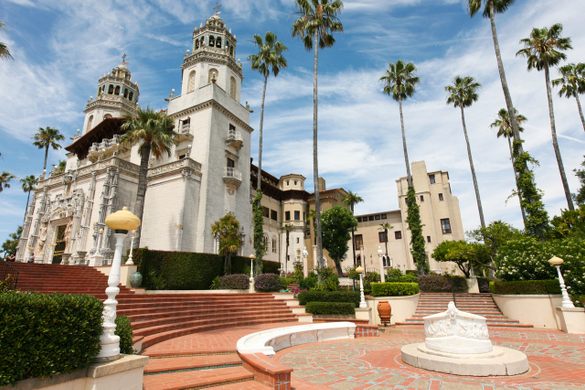


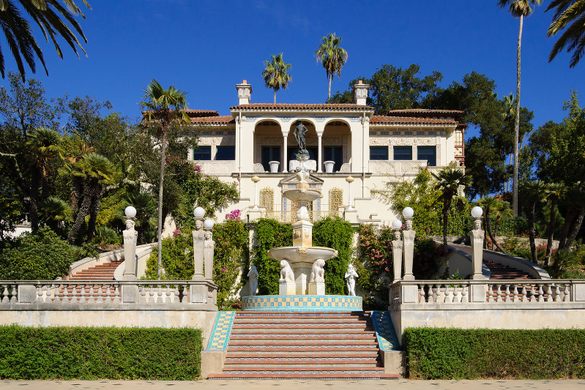
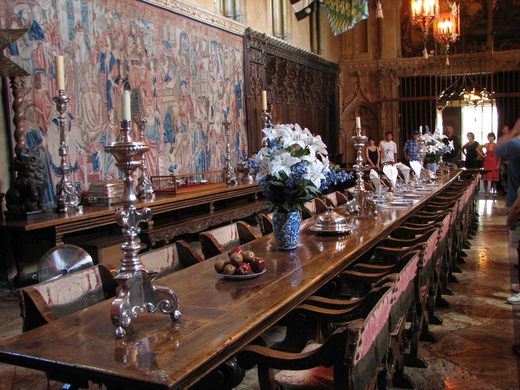

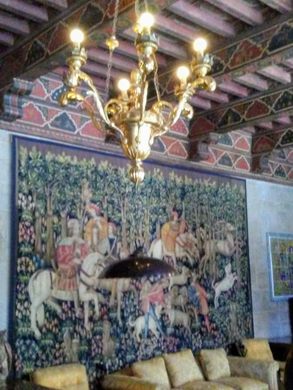
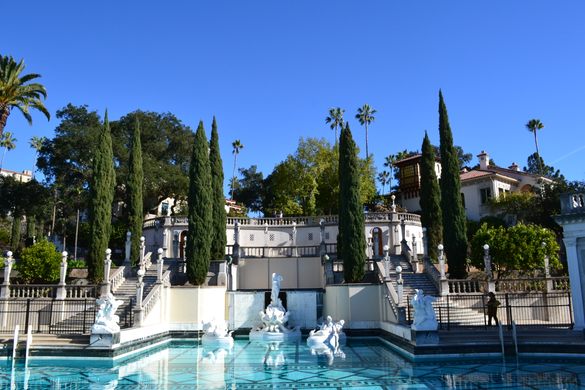
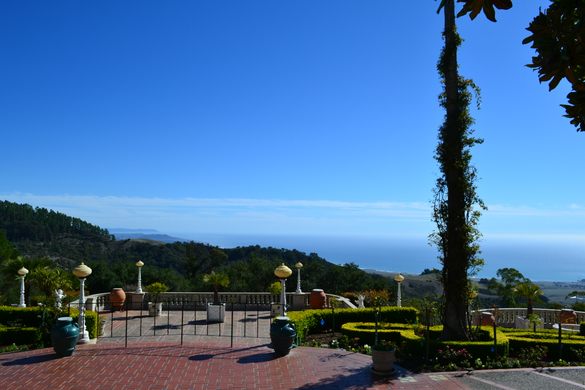









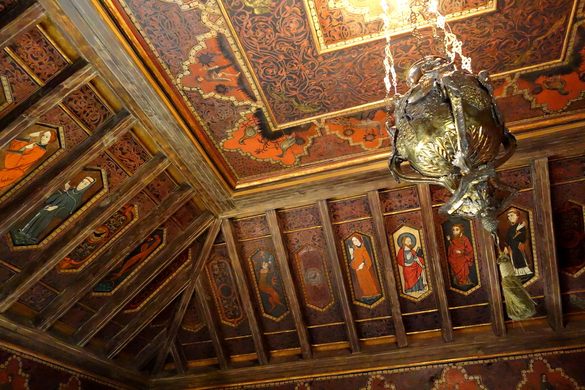

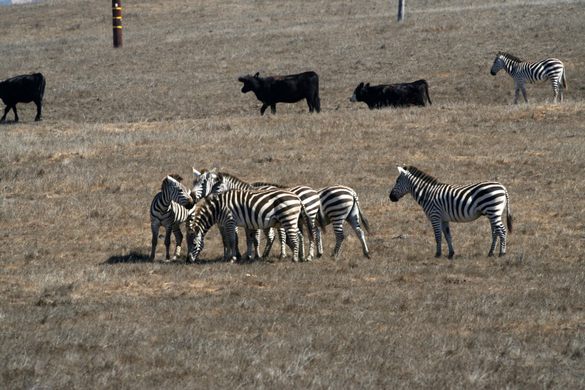












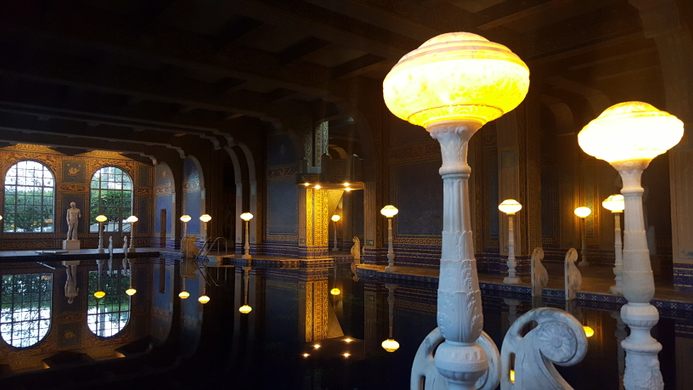




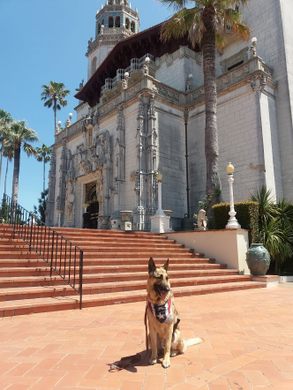

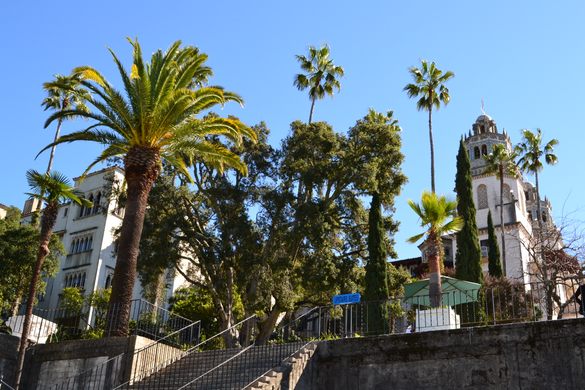
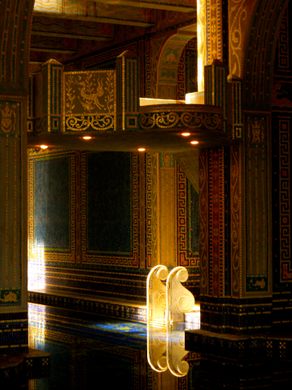
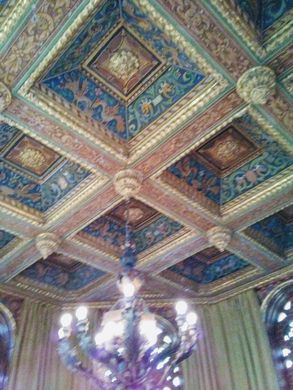

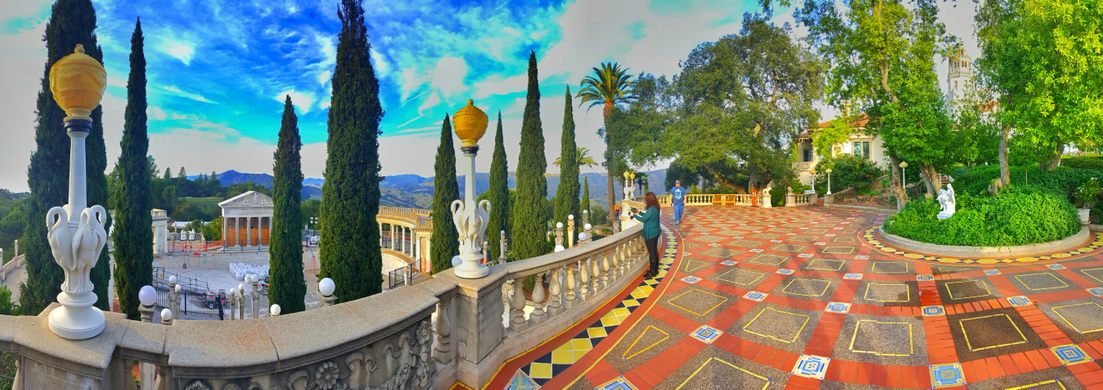


























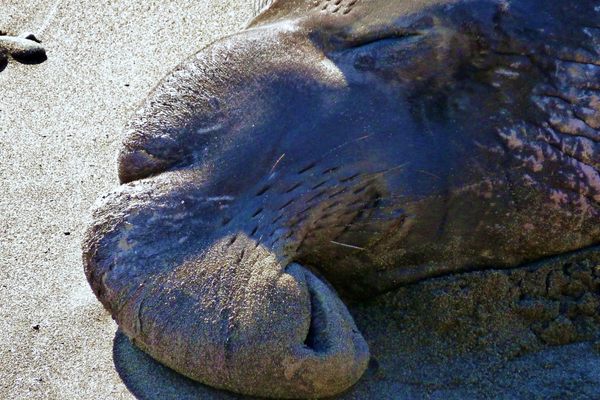

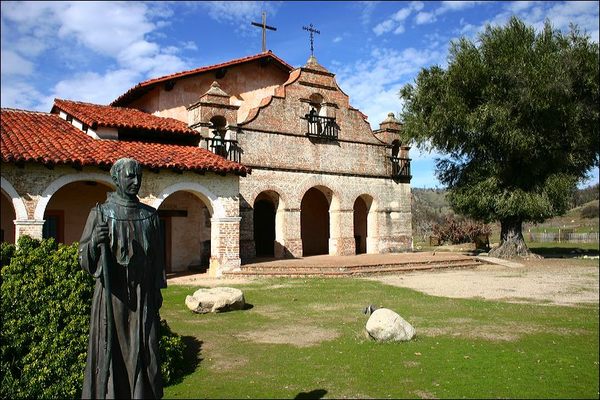
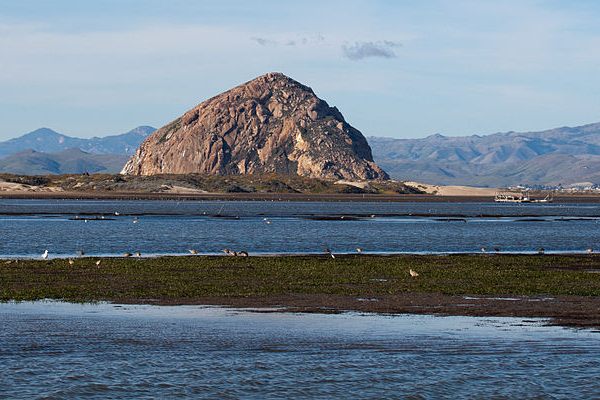


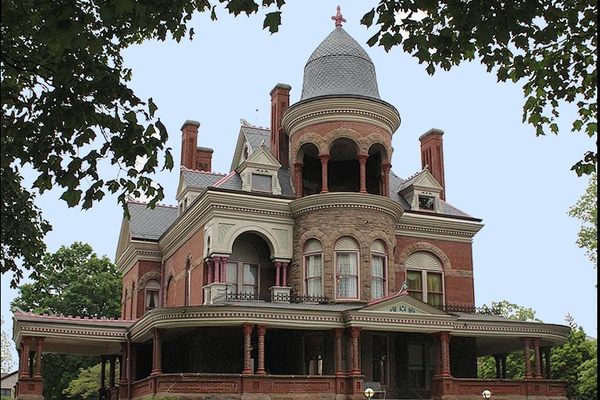




Follow us on Twitter to get the latest on the world's hidden wonders.
Like us on Facebook to get the latest on the world's hidden wonders.
Follow us on Twitter Like us on Facebook